These are the 16 London home renovations competing for the Don’t Move, Improve! 2024 grand prize
By Josh Niland|
Friday, Apr 19, 2024
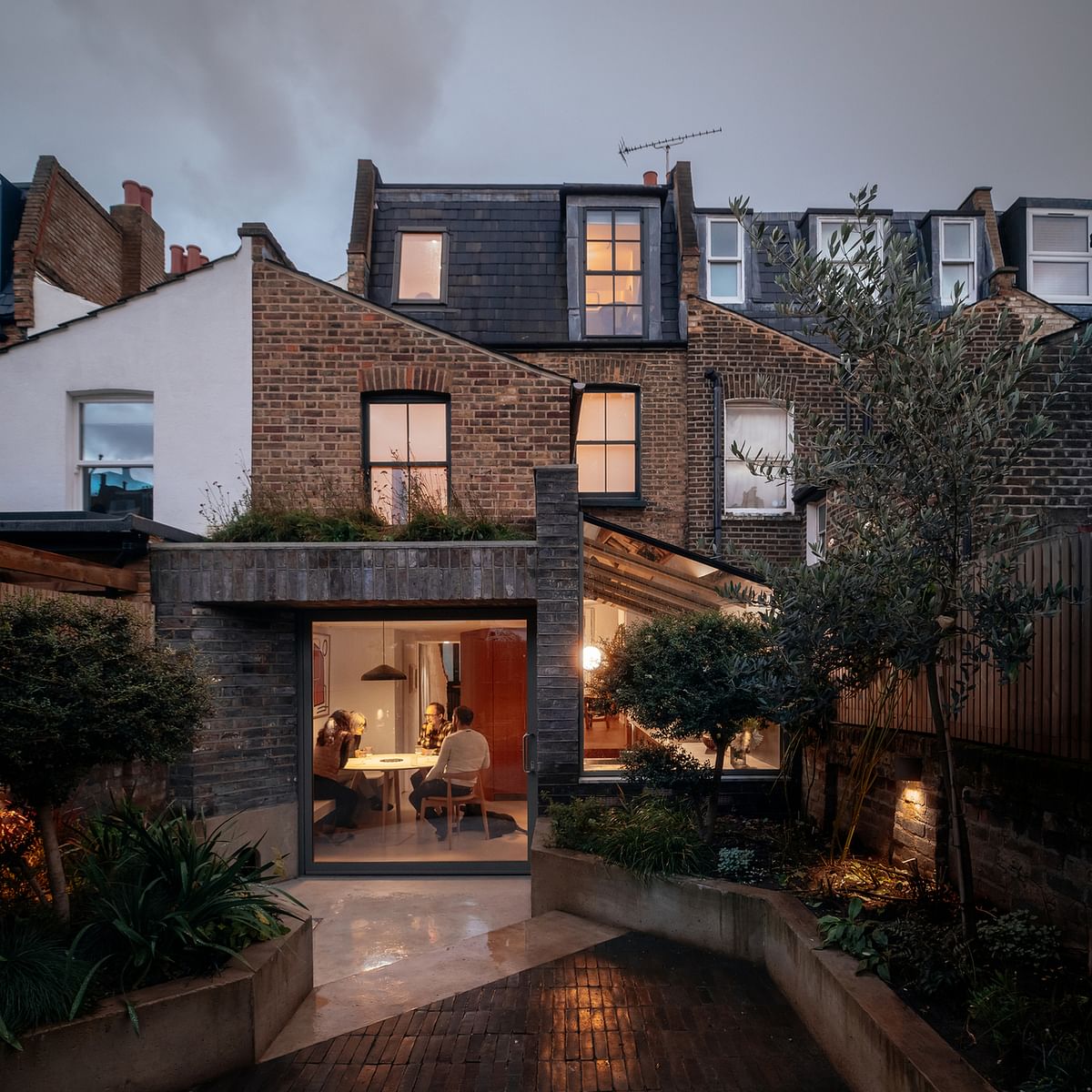
Related
New London Architecture’s group of 16 shortlisted entries for the 2024 Don’t Move, Improve! competition has been announced for the annual contest's 15th edition.
Federico Ortiz, Head of Content at NLA, said: “The Shortlist for Don’t Move, Improve! 2024 is an extraordinary showcase of innovation and creativity, offering a unique resource for Londoners who want to reimagine their living spaces and keep calling their neighbourhoods home.”
This year's jury was comprised of Ed Jarvis, Urban Design Manager, London Borough of Camden; Ellie Stathaki, Architecture & Environment Director, Wallpaper* magazine; Jennifer Dyne, Associate, David Kohn Architects; and Marie-Louise Schembri, Sustainability Director at Hilson Moran.
Winners will be announced via a special reception held at the London Centre on May 14th. Keep reading to learn more about what makes each of the shortlisted candidates unique.
A House in East London by Charles Holland Architects
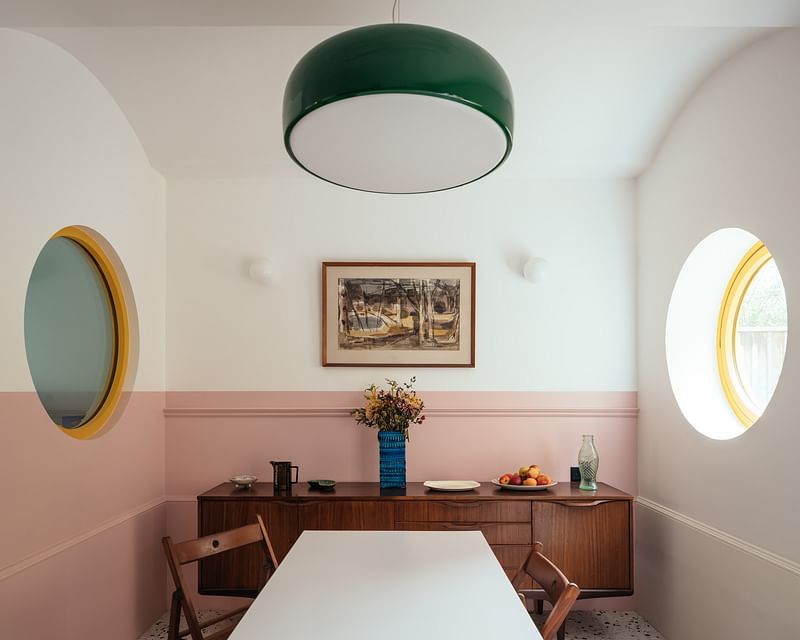
"A House in East London is a retrofit of a Victorian terrace house in East London. The project transforms the existing house into a sustainable modern family home using colour, decoration and playful details to add a sense of delight. The property, originally constructed in the 1880s, had been neglected for many years and begun to suffer from damp and structural problems."
Aden Grove by Emil Eve Architects
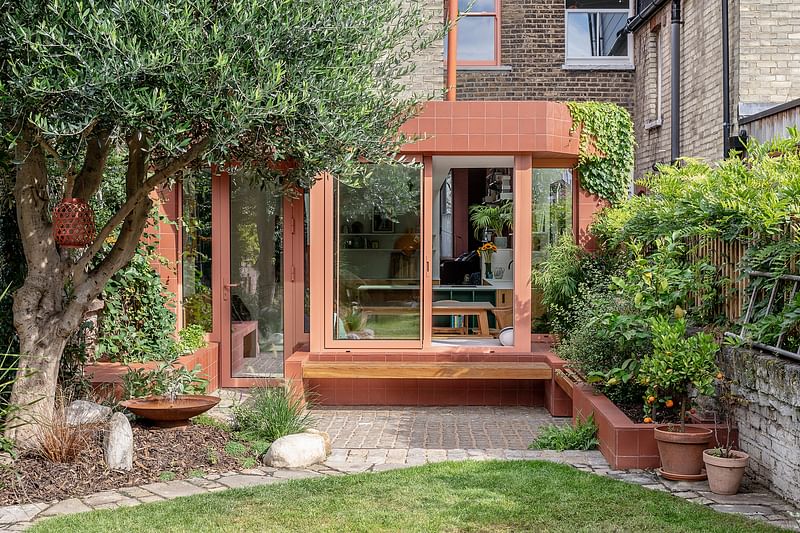
"The design maximises available space by using the full width of the narrow property where possible – including the new kitchen and dining area, main bedroom and ensuite. Terracotta is used as both a material and colour inside and out, combining warmth with modernity."
Apartment with a Mezzanine by Office Ten Architecture

"The project brief was to design a super-efficient family home, often found in small Tokyo properties, without compromising on the architectural qualities of space and light. For the owners/architects, it was important to test out new configurations of spatial arrangements in both the plan and section.The final project spans over three stories, adding three new rooms. Two large roof lights allow a new connection with the outside, through views, sunlight, rain and snow."
Chelsea Brut by Pricegore
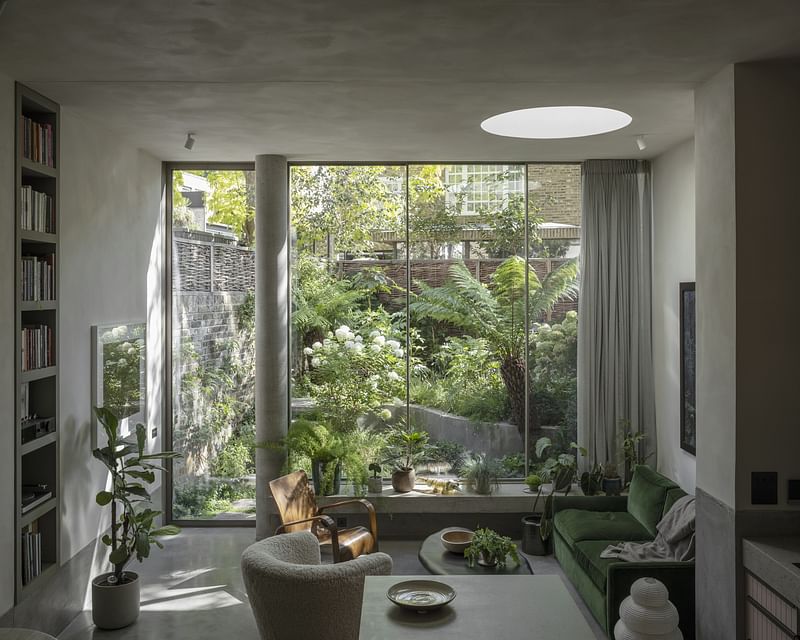
"Proximity to nature has been maximised throughout the project, and the design has sought to draw upon the character of the original building. The extension simply adopts the language of the existing, new windows were selected for their similarity to the originals, Ribbed concrete soffits have been exposed and covered in lime slurry, and concrete beams have been sandblasted."
Flitch Cottage by Whittaker Parsons
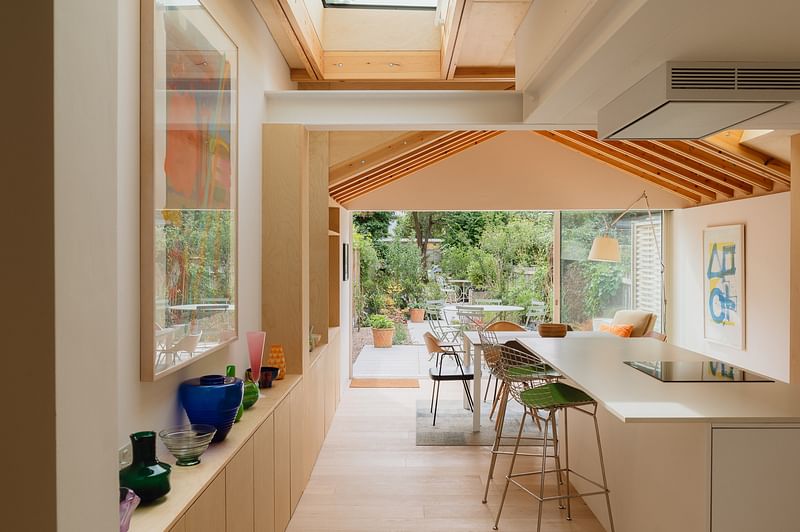
"The existing property was dark and cold in the Orford Road Conservation Area in Walthamstow Village, Northeast London. The brief was to create an efficient, ergonomic home to display the client's collection of art and glassware, entertain friends, and retreat at the end of a busy day. The client was keen to retain the DNA of the Victorian cottage and enhance the properties' connection to its 32 m-long garden. In designing for a changing climate, the Architects considered orientation, form, daylight, and the use of healthy, sometimes recycled materials."
Heyford Avenue by Manuel Urbina Studio

"A minimal design in its purest form, the new rear open space aims to draw the garden into the interior. The details of the interior are in keeping with the architectural concept. Walls and ceilings throughout the extension are finished in washed-plaster, and micro-cement is used in the shower room to also cover the ceiling, walls, and ground to unify the space. The property is north-facing; therefore, it was crucial to indulge in as much natural daylight as possible by adding light finishes to the floor, walls and ceiling, allowing for the light to bounce and reflect throughout the spaces."
Hillside House by Mike Tuck Studio Ltd
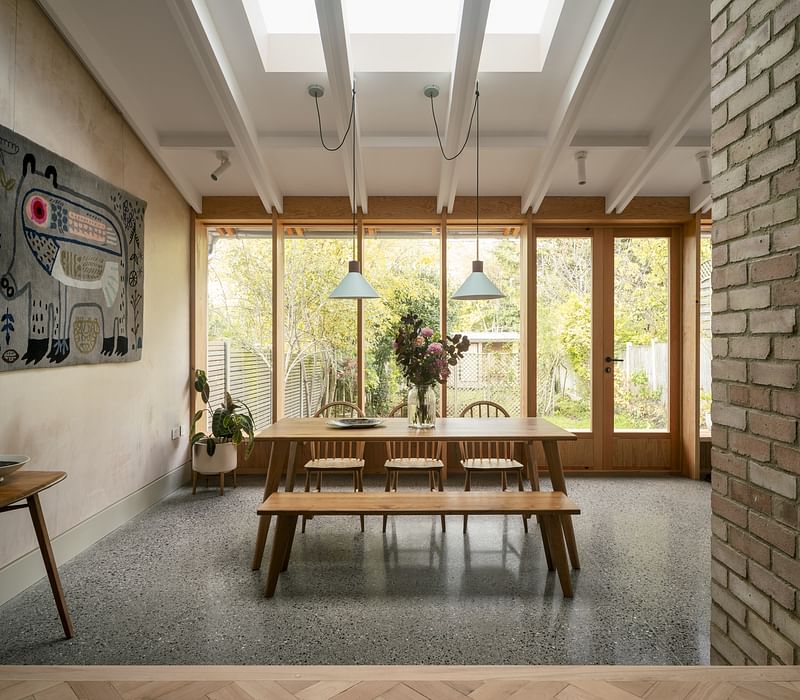
"Hillside House was originally granted planning permission in 2019, but the clients subsequently abandoned the scheme and made plans to move to St. Leonards. In late 2021, the clients had sold their post-war house in Walthamstow and bought a new home by the sea. However, at the last minute, they pulled out of the sale and purchase and decided to stay in London and improve their home, which had great potential but wasn’t conducive to modern family life."
House Extension in Stoke Newington by VATRAA

"The ground floor extension's reclaimed bricks are stained to match the old loft slates and the existing garden pavers. The Victorian pitched roof inspired the angled glazed roof and garden planters. Each window frames a different part of the garden: a large tree, a green roof, a front planter, and a patio. Complete coherence appears between the original building, the pre-existing loft, and the new ground floor extension and garden. The inside is functional, warm, airy and connected to the greenery. ASHP and PV panels prepare the property for the future."
House Made by Many Hands by Cairn
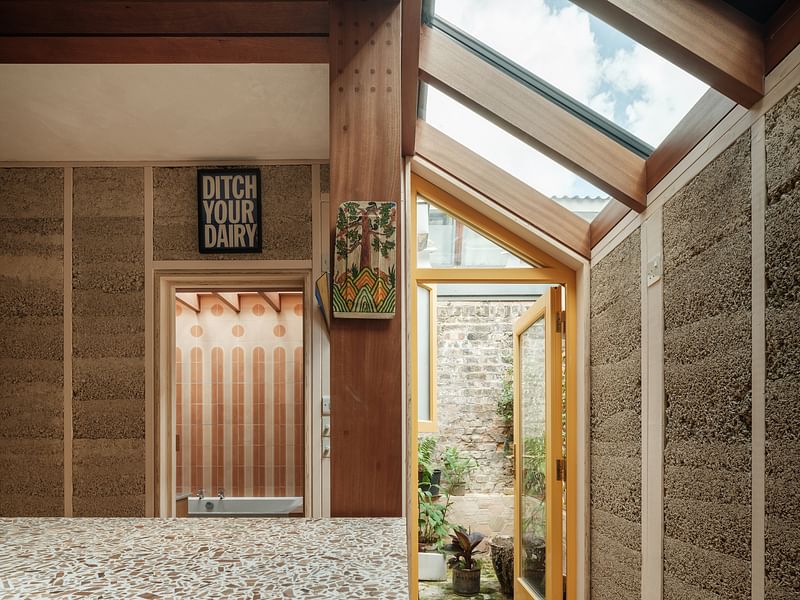
"Working against the grain and thinking outside the conventional steel and stud wall box, Cairn pioneered the use of a new low-carbon concrete in a house renovation and extension in Hackney. House Made by Many Hands is the first building structure in the UK to specify low-carbon LC3 concrete, together with a hardwood frame in place of traditional steel, natural materials throughout and a rigorous policy of reuse and recycling for the interior."
Jacob's Flat by Paul Archer Design
"A bright yellow kitchen island brings a pop of colour to the room, forming a sun-filled and welcoming space. Plywood has been used to form the staircase up to the second floor. Providing both high strength and dimensional stability, the material also has a uniquely tactile finish. Here, the material is also used to clad the walls of the staircase, arranged beautifully around the small existing aperture."
Perforated House by Novak Hiles Architects
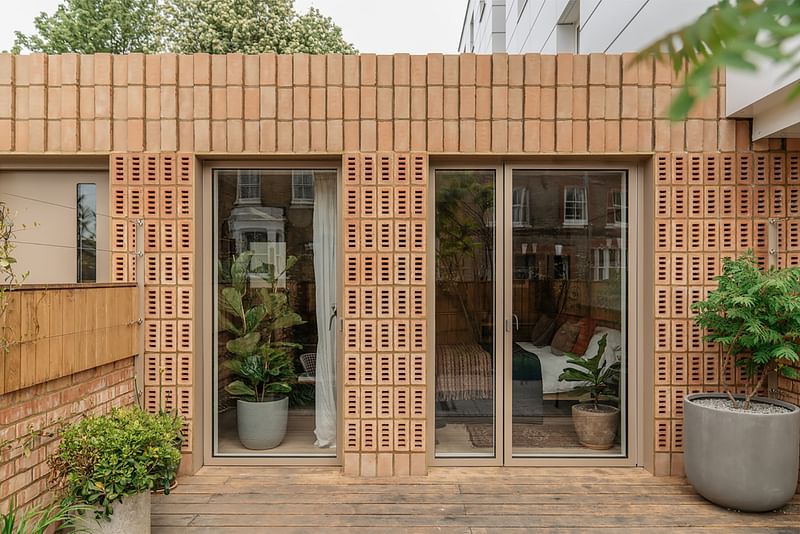
"The need to improve airflow led to the development of an innovative design for a new celebratory street-facing elevation. Perforated brickwork, with beds facing outwards, is layered with glazing to provide screened openings and therefore secure passive ventilation, enabling the building to breathe. The property has been completely transformed, with a new private outdoor garden as well as a flexible, warm and inviting interior with a contemporary feel inspired by the mid-century tones of the era in which the house was originally built."
The Green Machine by SUPRBLK Studio
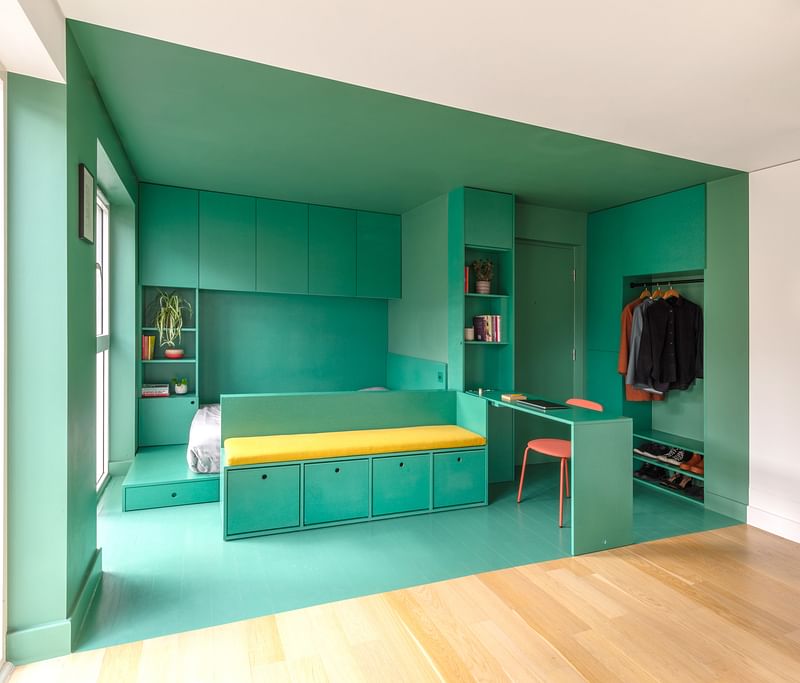
"'The Green Machine' was born out of the need to rethink how to live in a compact studio flat in East-London by providing adaptable spaces to suit many different uses such as sleeping, eating, working, entertaining, lounging, etc. The design strategy focused the tight budget on a grouping of joinery elements resulting in a bold intervention in one zone of the flat, leaving the new-build kitchen and bathroom untouched. The joinery was built using green Valchromat, a colour-impregnated timber board, specified for its manipulability, strength, durability, and playfulness. Ample storage was carefully integrated amongst the joinery to create a joyful, clutter-free space, while the bold use of colour rooted and defined the 9sqm zone of intervention to create multiple 'rooms within a room.'"
Tin Hat by nimtim architects

"A new family home in Forest Gate created from two separate flats within a Victorian end-of-terrace house. The ground floor is reconfigured to create a side entrance into an external threshold space and a generous internal hallway. A new kitchen/ living space at the front of the house permits long views over Wanstead flats. The new home is simultaneously bright/open and intimate/cosy with richly textured materials contributing to softly lit and welcoming internal atmosphere."
Triangle House by Brown Urbanism

"The architect worked with the client to create a home of contradictions: Both small in plan and generous in volume; both private from the street yet open and expansive in its interior outlook. They wanted to create a prototypical ‘work-home’, not just a workplace and not just a home. It would be a typology defined by neither identity. Instead it would be a place that supports a range of activity, be it domestic, cultural or commercial."
Two-Up Two-Down House by Khan Bonshek
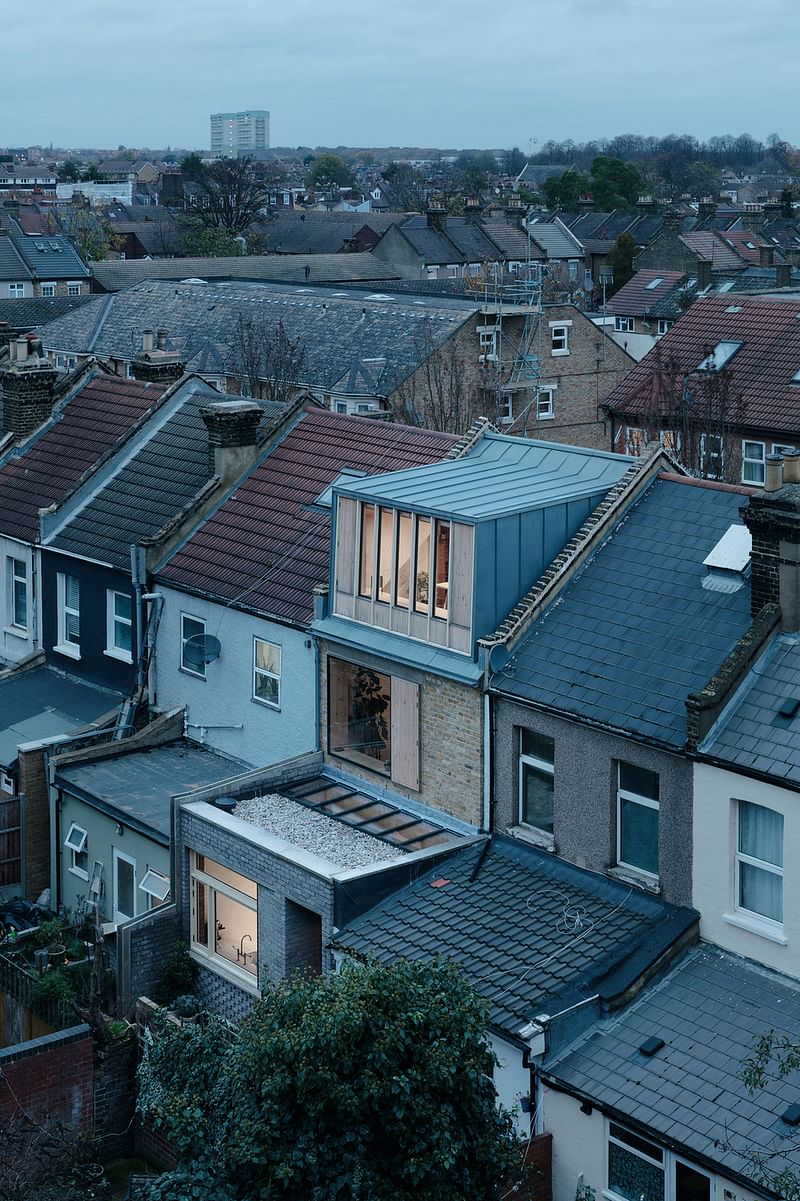
"Built over four years, Khan Bonshek took a hands on role carrying out demolition, structural framing, casting, carpentry and joinery. This allowed them the opportunity to experiment and prototype both with materiality and space. The practice interrogates the traditional application and configuration of materials, offering alternative possibilities for their reuse. The end result is unusual, unexpected and a real labour of love across every aspect of the home."
Wimbledon Villa by Gundry + Ducker

"Located near Wimbledon Common, The original house constructed in the 2000s comprised a white-rendered blockwork box with a flat roof. It presented a paper-thin appearance, especially compared to the rich Edwardian villas that typify the neighbourhood. The scheme comprises a new façade, porch, infill extensions, and a complete interior remodel. The idea was to create a 'country house in miniature', adding spacial drama and material richness but on on a human scale. The internal plan is based on the arts and crafts layout of a central double-height hallway from which rooms are oriented to the north or the south according to their use. Social to the south and private to the north. Influences range from Eltham Palace to Castle Drogo."


Share
0 Comments
Comment as :